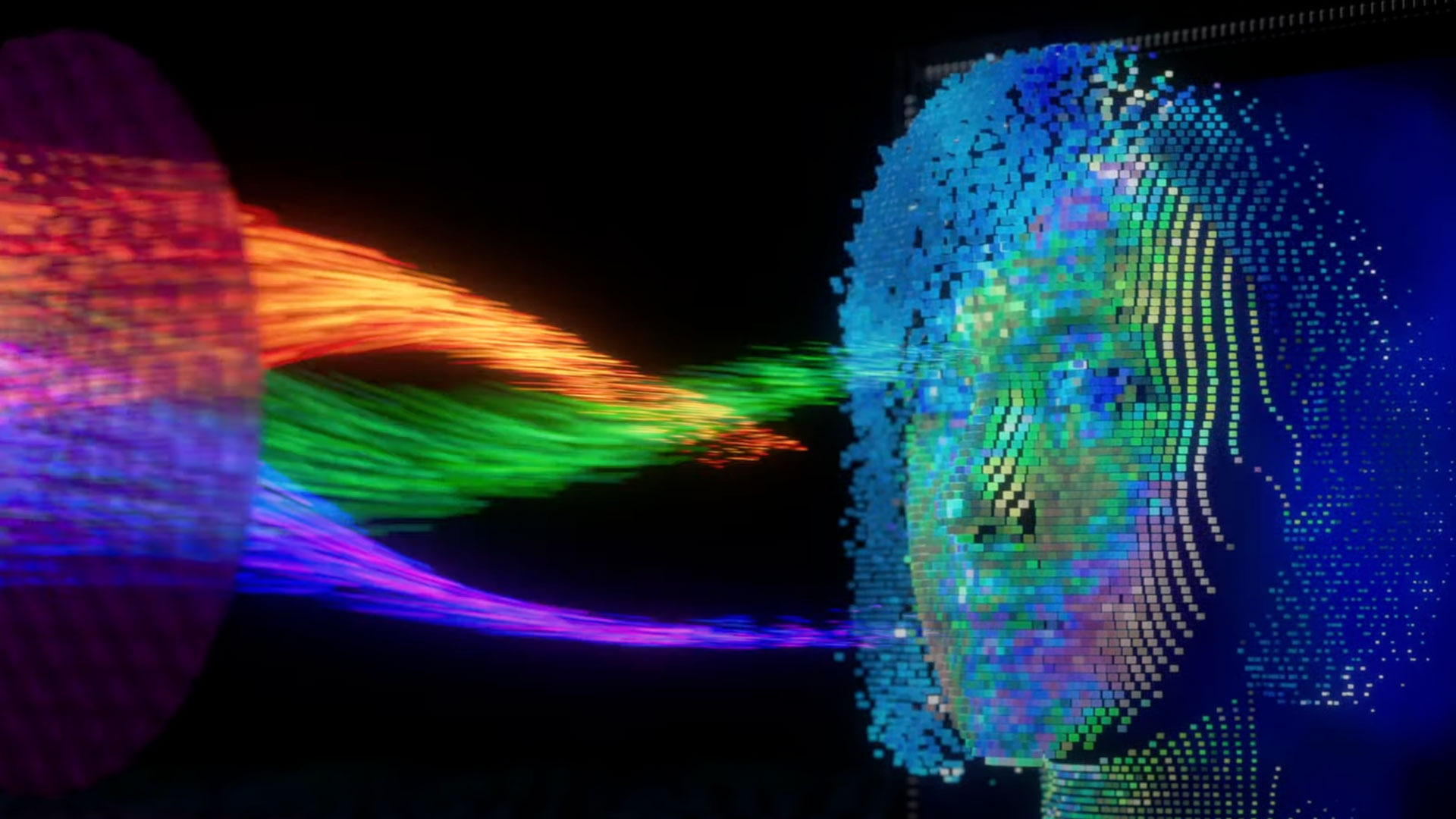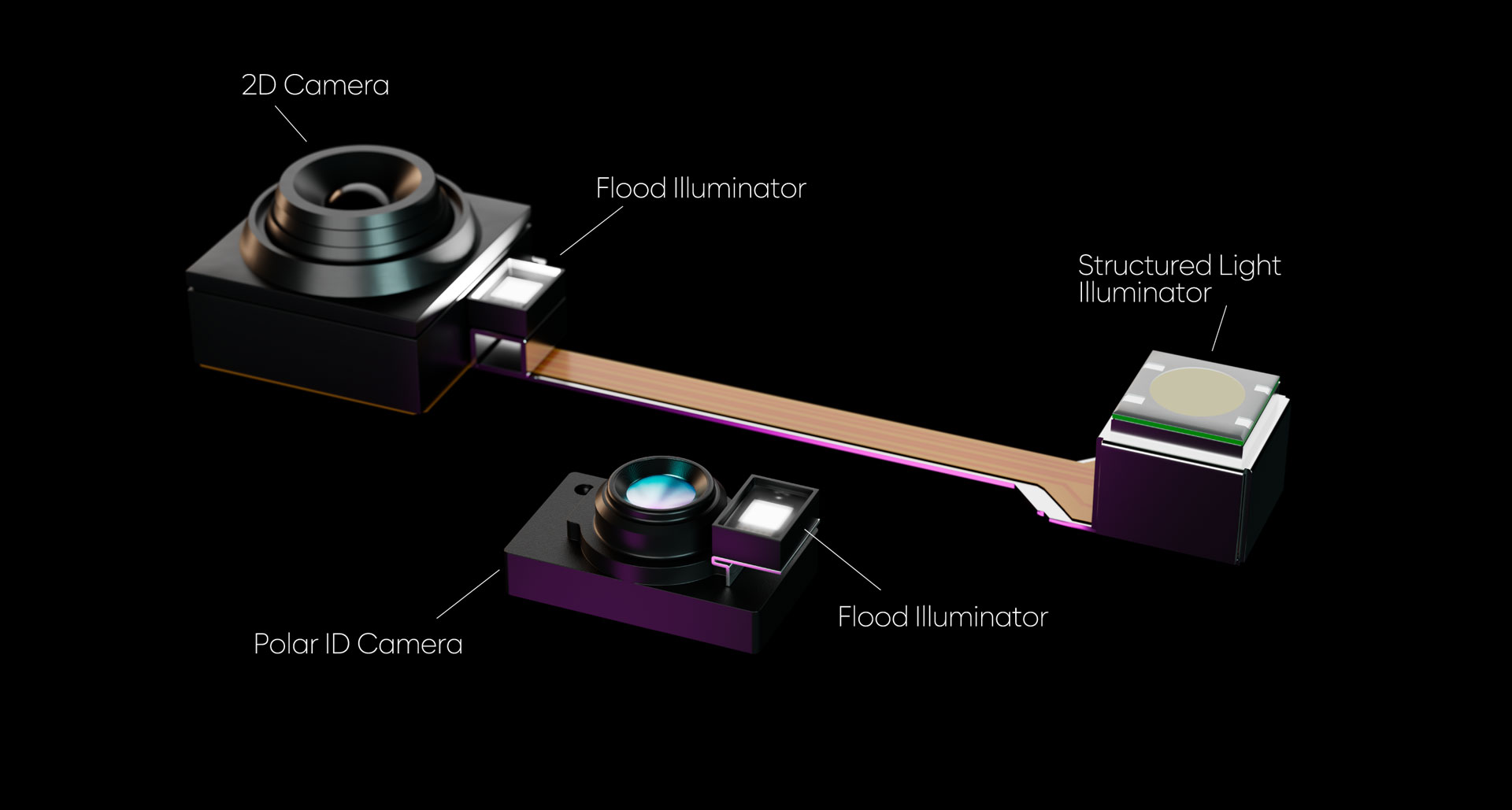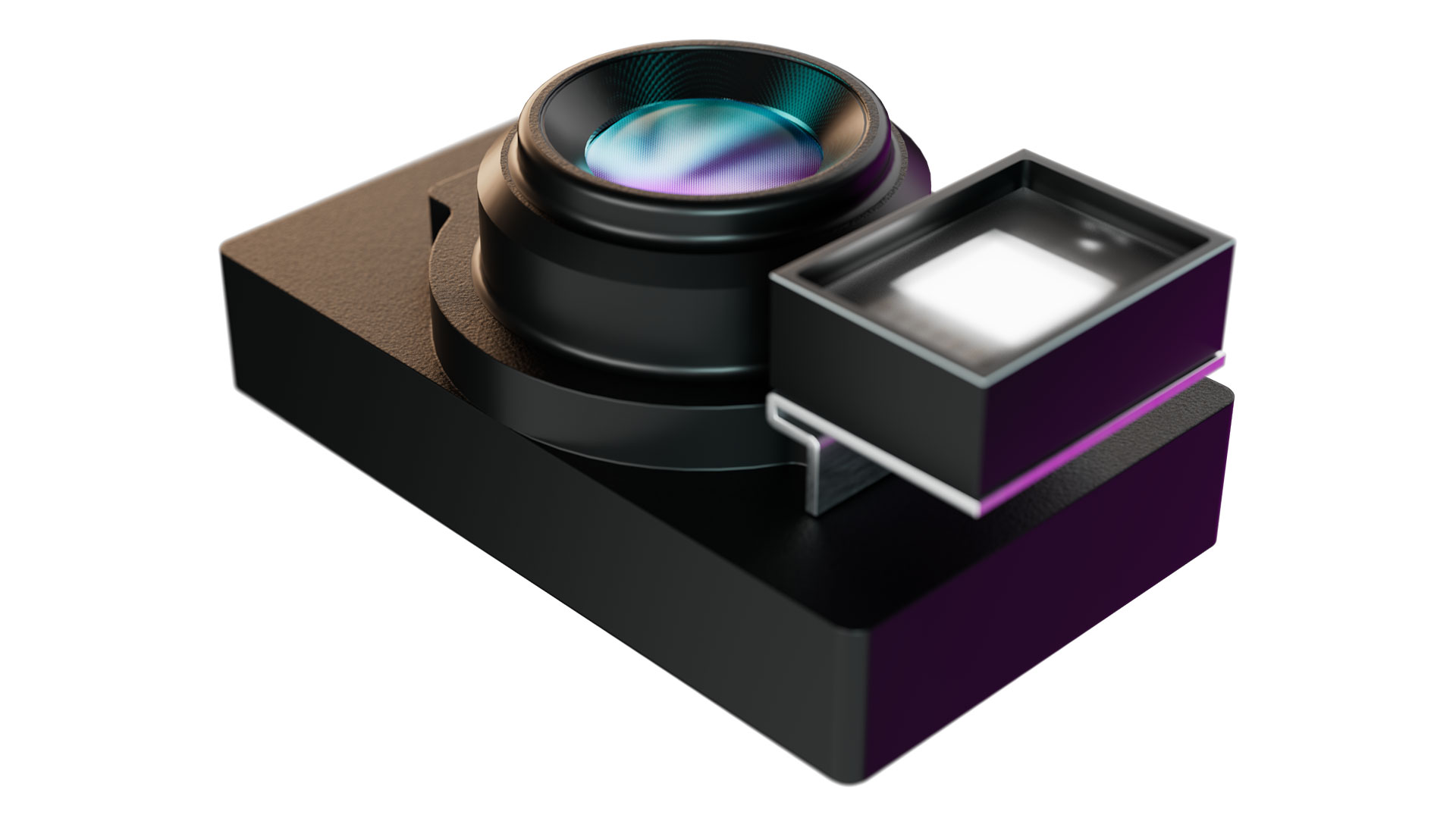Your next Samsung Galaxy phone could have Face ID-beating facial recognition tech if Metalenz's claims hold up
One sensor to beat them all

The future of ultra-secure facial recognition may finally be coming to Android phones thanks to Metalenz, a technology company that's focused on a quantum-level, bleeding-edge imaging technique.
Apple's Face ID has been the gold standard in smartphone facial recognition technology for almost a decade and, to this point, Android manufacturers haven't answered in kind.
Samsung, arguably the Android leader, currently offers face recognition in the Samsung Galaxy S24 that, by its own admission, can still be fooled by "someone who looks like you or who uses an image of your face." Not exactly confidence-building.
This week, however, Samsung partnered with Metalenz to bring its new Polar ID to future smartphones.
"Our collaboration with Metalenz is not just about combining technologies; it marks a pivotal advancement in biometric imaging capabilities, making face unlock solutions with enhanced security and affordability accessible on a global scale,” said Samsung VP of the Sensor Sales & Marketing in a release.

Face ID's power and security are a product of its two-step facial recognition process: there's a sensor to recognize the face and then a second sensor pass that uses detailed dot projection and a 3D sensor to identify the face as a living human.
Unlike Samsung's existing facial recognition technology, you can't fool Face ID with a photo. In all the years I've been testing iPhone with Face ID, the only time I was able to fool it was with identical twins. At the time, Apple noted that this was the one way it might be possible to trick its biometric technology: with two people who share nearly identical DNA.
Get daily insight, inspiration and deals in your inbox
Sign up for breaking news, reviews, opinion, top tech deals, and more.
Polar ID seeks to be more than equal to Face ID. Metalenz claims it's potentially more secure than existing technologies. When I asked the company about how Polar ID might exceed Face ID's capabilities, the company clarified its respect for what Apple's accomplished.
In an email response, a company representative wrote: "We agree that Face ID provides a very high level of security currently not matched in the mobile industry. We do believe that matching the security of Face ID is a big accomplishment given Apple’s many years of continuous improvements."

The company also outlined its key advantages over Face ID. Apple's facial recognition software will work with a partially masked face, though Apple warns that full-face recognition is the most accurate. "For Polar ID, our solution can retain its high level of spoof (2D or 3D mask rejection) rejection as long as there is enough of the face (especially the region around the eyes) visible to perform accurate face recognition," wrote the Metalenz rep.
Metalenz also claims that Apple's structured light solution can struggle in direct sunlight (there are some online reports of this). The company claims that this is because direct sunlight can interfere with IR laser dot projection that the system uses for 3D mapping. "The Polar ID solution on the other hand can actually benefit from bright sunlight as it will increase the reflection of polarized IR light from the face, thereby amplifying the signal instead of weakening it," wrote the Metalenz rep.
While I can't directly confirm Metalenz's claims – since Polar ID has yet to appear on a smartphone – I can confirm that the technology is quite different from Face ID.
Instead of a two-step process to identify and verify faces, Polar ID combines a pair of cutting-edge technologies to recognize a face and the signature of one's skin.
One of Metalenz's core innovations is the use of meta-optics or nanophotonics, which takes light manipulation beyond lenses to metasurfaces. These surfaces are far smaller than an optical lens and can manipulate light using nanostructures.
Metasurfaces are capable of sorting the polarized photons, which Metalenz's custom algorithms read to create a specific face – or even skin signature. Metalenz claims that its technology is so effective that not even a life mask of someone can fool it.
Now, Metalenz is moving one step closer to productizing Polar ID and possibly bringing it to Samsung Galaxy phones after partnering with Samsung to use its ISOCELL Vizion 931 image sensor. Unveiled late last year, the ISOCELL Vizion 931 is notable for its global shutter which allows it to capture full images instantly (as opposed to scanning line-by-line).
Samsung built the image sensor with applications like Polar ID in mind, noting last year that the sensor is "optimal for iris recognition, eye tracking as well as facial and gesture detection in head-mounted display devices like XR headsets."
Even if Polar ID isn't more effective than Face ID, the technology will surely be a boon for Android phones. Fewer components mean lower cost and more space for other technologies, like more powerful zoom cameras.
At the very least, Polar ID should allow Samsung to remove those embarrassing caveats from its face recognition technology and perhaps put it on a level playing field with the iPhone, where owners use Face ID not only to unlock the phone but for authentication, passwords, and myriad mobile purchases.
You might also like

A 38-year industry veteran and award-winning journalist, Lance has covered technology since PCs were the size of suitcases and “on line” meant “waiting.” He’s a former Lifewire Editor-in-Chief, Mashable Editor-in-Chief, and, before that, Editor in Chief of PCMag.com and Senior Vice President of Content for Ziff Davis, Inc. He also wrote a popular, weekly tech column for Medium called The Upgrade.
Lance Ulanoff makes frequent appearances on national, international, and local news programs including Live with Kelly and Mark, the Today Show, Good Morning America, CNBC, CNN, and the BBC.